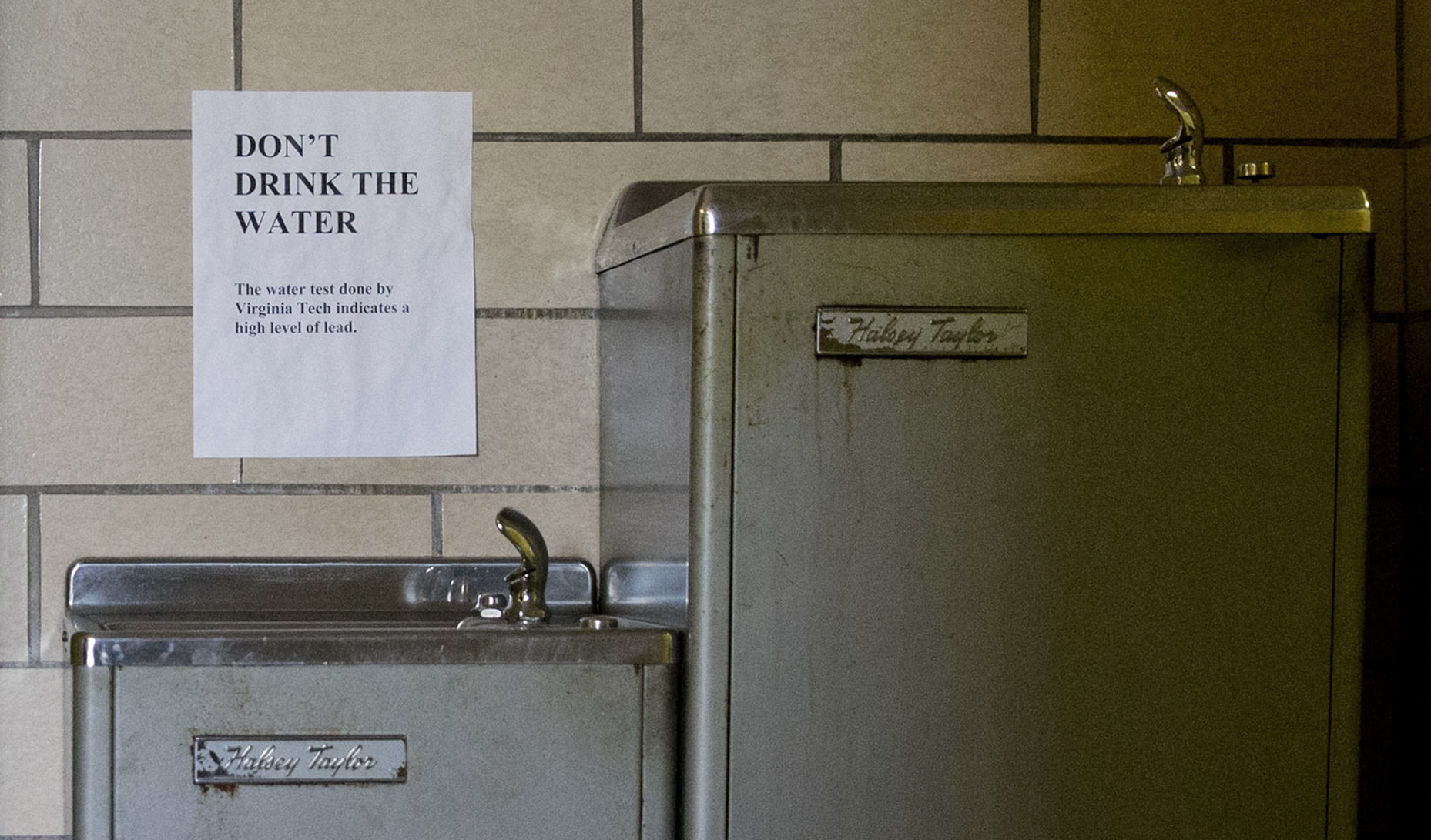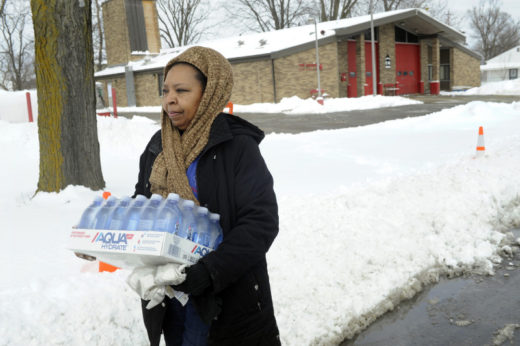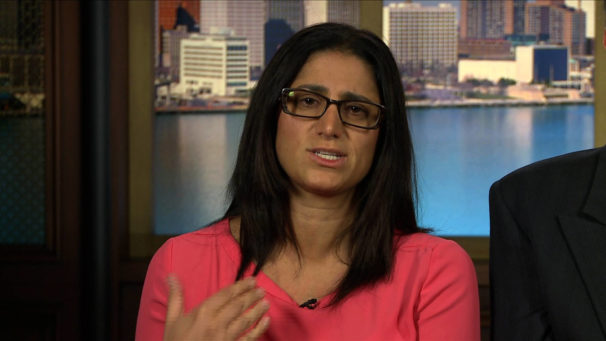
WASHINGTON—It’s not just Flint.
Prompted by the public health catastrophe in that Michigan city four years ago, lawmakers asked the non-partisan Government Accountability Office to see how many school systems tested for high levels of lead in their drinking water.
After all, public health specialists have said for years that lead damages children’s brains, neurological systems and overall development, including producing learning disabilities. It can also harm pregnant women. When lead leaches into drinking water, children are the most-vulnerable victims, as in Flint. And kids spend up to eight hours a day in school.
So GAO surveyed school districts if they tested for lead in their water – and what they found. The results, the National Education Association reports, included:
Forty three percent of a representative sample – 549 – of the nation’s 16,000 school districts tested for lead in the water, but 41 percent did not. The rest told GAO they didn’t know.

Of those that tested for lead, 37 percent found “elevated levels” of lead in their drinking water. That’s one-sixth of all the school districts. Some tested for levels higher than 15 micrograms (parts per billion) of lead in a one-liter sample of tap water, while others tested for levels higher than 20 parts per billion.
The federal Environmental Protection Agency, which enforces rules on lead in water, required local governments – and the schools – to act if they found elevated lead levels in at least 10 percent of their water samples. But it doesn’t penalize them if they don’t. Luckily, they did.
All the districts with elevated levels of lead in their water acted to cut the amounts. Some replaced water lines. Others provided bottled water. Others installed chemical treatments to prevent the leaching, or flushed their water lines.
Scientists and public health specialists, including Dr. Hanna Monna-Attisha, the Michigan pediatric physician and union member (UAW) who blew the whistle on the Flint disaster, cite studies showing there is no safe level of lead in water at all, for kids or anyone else. But school officials often told GAO that setting a standard of zero ppb of lead in their water would make testing – and replacement of water pipes in schools – prohibitively expensive.
“EPA established a maximum lead contaminant level of zero, because EPA established there is no safe level of lead exposure,” the report says. But “EPA decided not to establish an enforceable maximum (lead) contaminant level, concluding that any level reasonably close to the (zero) goal would result in widespread noncompliance and therefore was not feasible.”
- Instead, EPA and the Education Department worked to educate school districts about lead dangers, emphasizing prevention of lead leaching into schools’ water, water testing and telling and educating teachers and parents. But the GAO reported that while three-fourths of the school districts that tested their water for lead told their school boards about it in advance, only 59 percent told the parents.
- Many of the school districts that tested for lead in the water didn’t do so all the time, and urban districts ran more tests – 11,000 in one big central city alone – than rural ones did. Eight states – Illinois, New York, New Jersey, Minnesota, Maryland, California, Virginia and Washington, D.C. – required their local schools to test for lead in the water.
But those states allowed lead concentration ranging from 20 ppb in Maryland to zero in Illinois. Testing frequency varied, and some school districts tested for lead in the water only after they got parent complaints. Rural school districts and charter schools were less likely to test their water.
Extrapolating from the sample of schools to all U.S. public schools, which serve 50 million students, GAO analyst Jackie Nowicki told an agency in-house broadcast that “about 35 million students are attending schools where at least their water has been tested at least once, or at least some of their water has been tested at least once.”

“But there’s still, you know, close to 15 million children that are in districts that either haven’t tested for lead or where the districts reported to us that they didn’t know if they had tested for lead,” she said.
Nowicki, who headed the agency’s investigative team, also faulted the EPA for being fuzzy in its communications with states and school districts.
“The main thing is that that guidance from EPA is — portions of it — are neither clear nor accurate, and it can make it really difficult for school districts to have good information for them to make informed decisions about the (lead) levels, about whether to test and when to test, how much to test, and also what to do about lead if they find elevated lead in their in their drinking water supply,” she explained.
NEA republished an Education Week story on the lead report. And that piece quoted local union leaders unhappy with their districts’ efforts to keep lead out of the schools’ water.
The Oregon Education Association pushed for – and got – a state requirement in 2017 to local schools for regular water testing for lead. The year before, the Portland, Ore., Education Association hit the ceiling when it found out local school officials had known of high levels of lead in 47 schools’ water since 2010, and did nothing.
So did scared parents, who turned to the union for reliable information, or any at all.
The result was a complete shutoff of water fountains in Portland schools for two years and use of prepackaged foods in cafeterias, along with testing students and teachers for elevated blood levels. Several students were found with elevated blood levels, the Portland union said. And the Portland less led the statewide requirement, and potential funding – if Oregon voters increase corporate taxes.












Comments